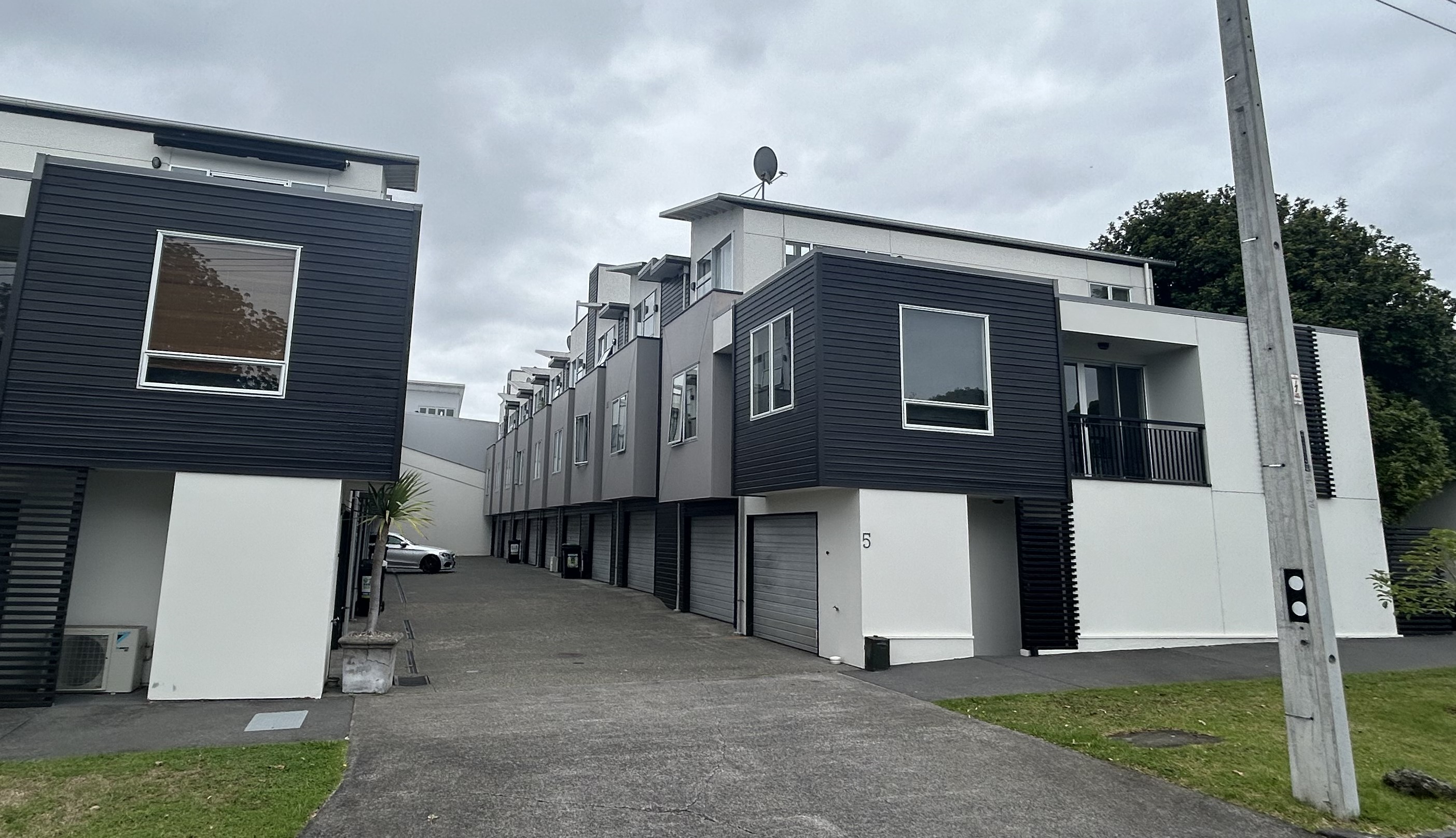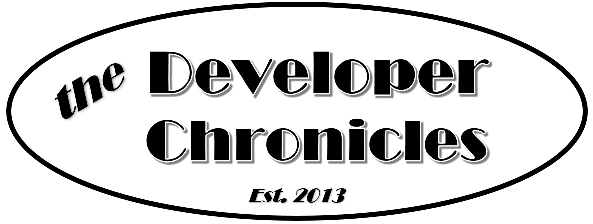Finally got IRD and GST number issued today, and first invoices out. Xpecting revenue!
Geez what a bargain I have been charging…
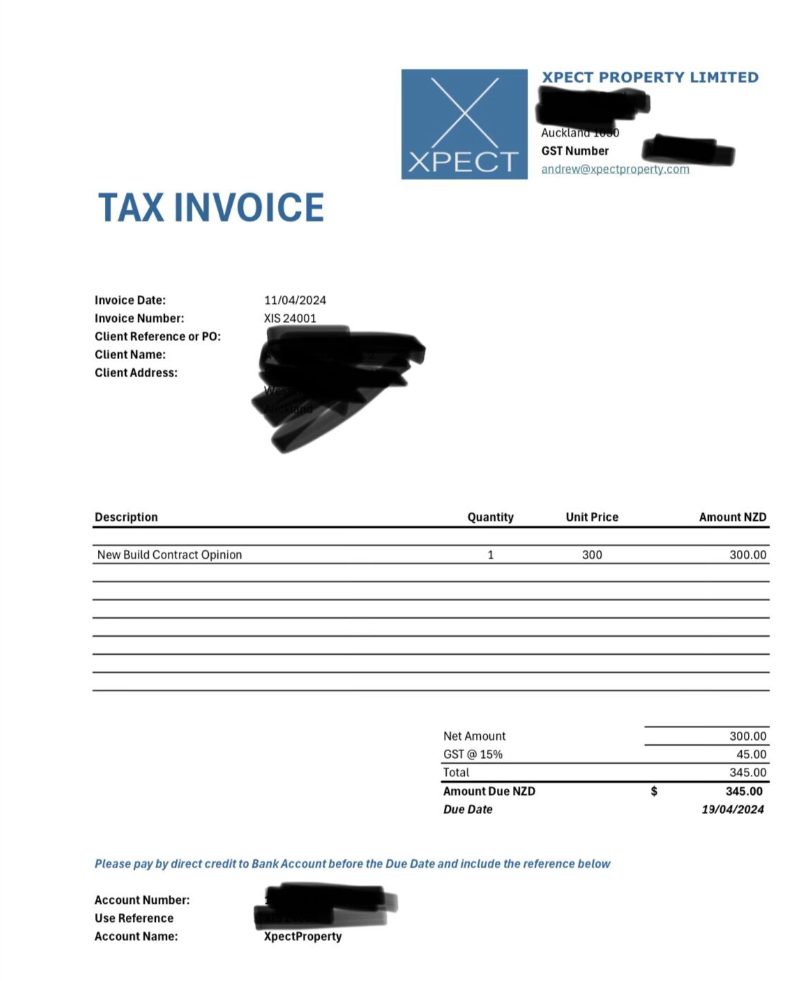
Finally got IRD and GST number issued today, and first invoices out. Xpecting revenue!
Geez what a bargain I have been charging…

Property lawyers. Get your clients to run their new home contract past me first, before you try and review. I have discussed this with three specialist lawyers now. Mostly it’s negotiation terms that need to be sorted, well in advance of legal risk mechanisms. Then your job is much smoother.
Your fee per time spent will improve.
Read more and a reference here:
http://aenspire.com/xpect/xpectinspect.pdf

Two Community Housing projects built under my watch and Paul Miller‘s. But these projects (with their all-important wrap around support) are drying up now as the entire New Zealand CHP sector is on tenterhooks seeking Government funding decisions….
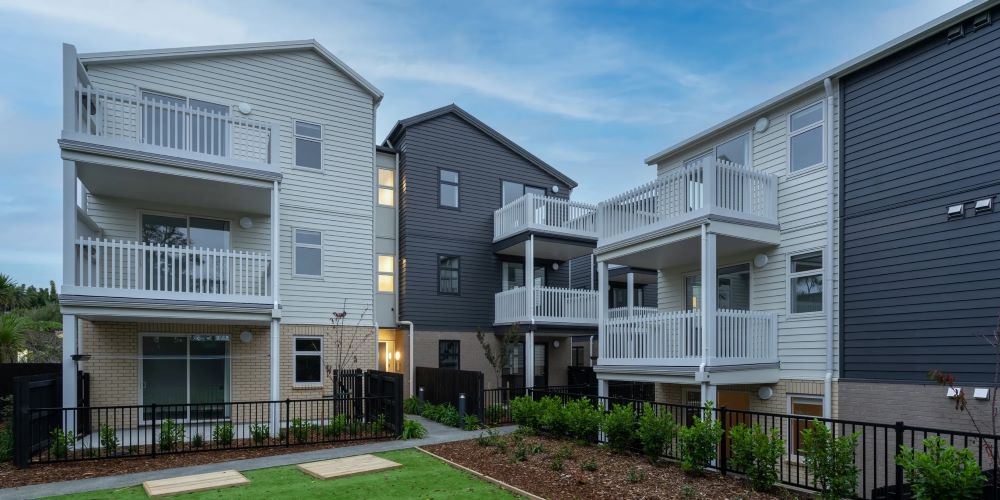

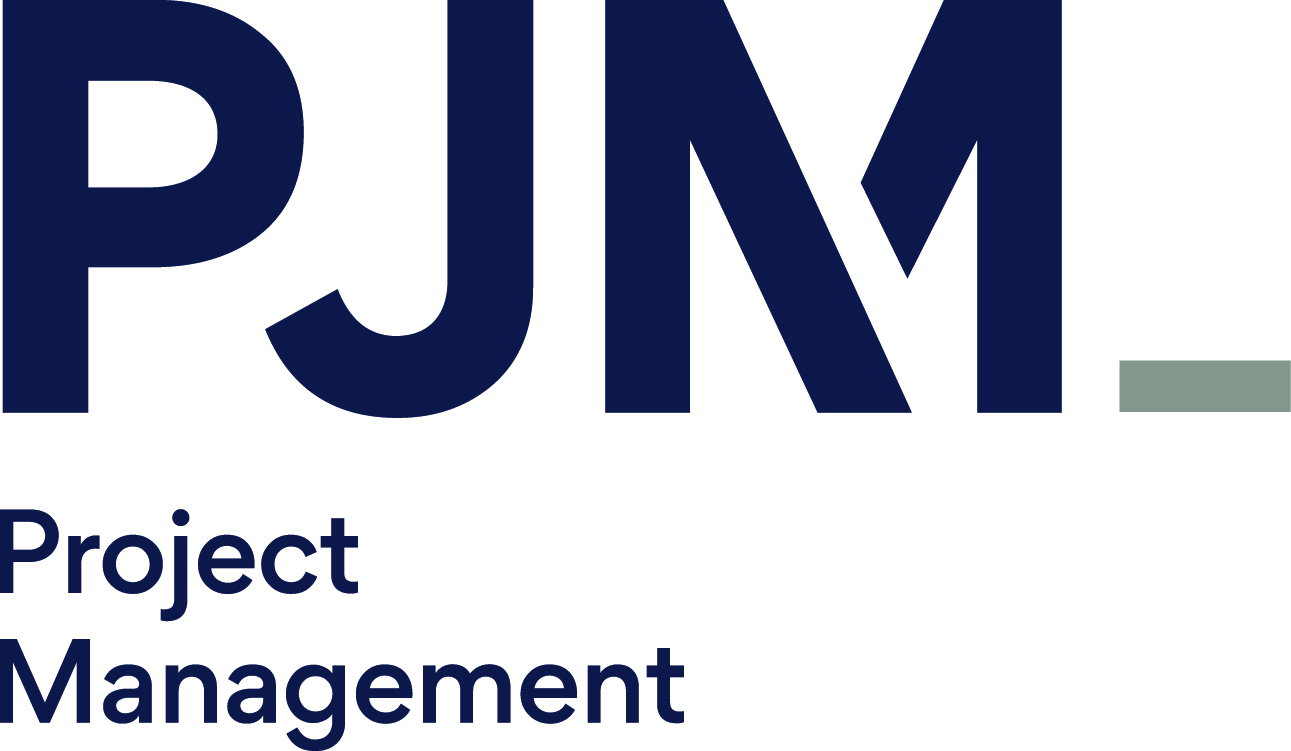
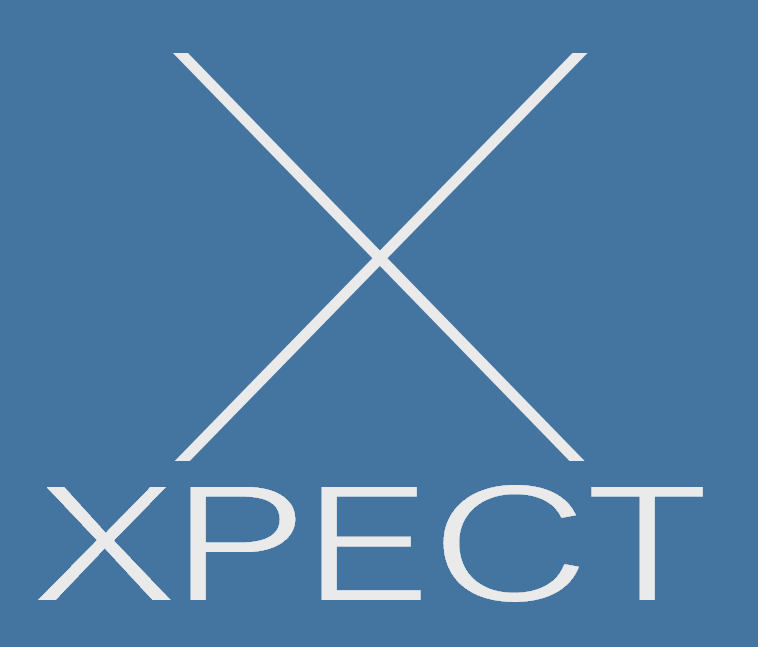
Just reviewed a S&P agreement for an elderly couple buying their dream apartment. Developers are still trying it on. Just in case the market improves, they run the risk of the developer cancelling so the developer can resell at a higher price and the buyer is left high and dry. This BS is still going on!!!

A little way back this Grey Lynn project was one of numerous terrace home schemes I was involved in for a prolific developer. In this case helping marketing and development/project management.
In a narrow deep terrace- where basically a garage +front door access determine the width module, light comes at a premium for the internal units.
In this project the living was put on the top level with clerestory windows along a vertical upstand wall (creating a sawtooth roof pattern) running the entire depth.
The result: Luminous luxury!
